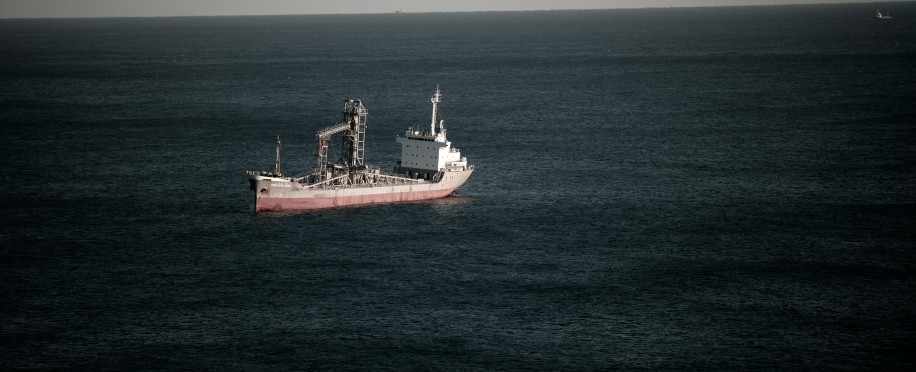Copyright © 2025 lmitac.com All Rights Reserved. Contact - Terms and Conditions - Privacy Policy - Quality Policy - Become an instructor - Vacancies - Sitemap
London Maritime Academy is a trade name for London Premier Groupversion: 2.9.0
London Maritime Academy is a trade name for London Premier Group

Posted on : 1/16/2025, 9:19:52 PM
All the international maritime regulations and rules aim to enhance safety on the sea, thus, the integration of stabilizers on a ship becomes mandatory for all boats and vessels despite their types and sizes.
Whether you call it stabilizers or stabilisers, all cruise ship stabilizers with fins make your journey stable and safe despite the strong waves and current motion.
In this article, we will share with you updated information about ship stabilizers, their types, and benefits to help you understand the importance of stabilizers and rolling fins on ships and why they are crucial for ships in the UK.
As the name suggests, the stabilizers on a ship are important devices and fins designed, installed, and mounted on cruise ships beneath the waterline to reduce or limit the impact of the roll motions caused by waves and water currents.
Essentially, the ship stabilizer systems and rotors could include different stabilized internal and external parts like retractable fins fitted to the hull or gyroscopic systems inside the ship that all work to adjust the ship's angle to respond to roll motion.
These equipped systems, are just like the ICZM approach, a piece of the whole puzzle that shapes the safety, spinning, stabilization, and sustainability of the maritime industry and environment.
If you are interested in learning more about the stabilizers on a ship and their different types, then you are at the right place:
Active stabilizers actively respond to roll motion by using electronic or hydraulic systems and fins by adjusting their angle dynamically to stabilize the cruise ship.
This stabilizer type is commonly installed on cruise ships, yachts, and naval vessels, and includes different types like fin stabilizers and gyroscopic stabilizers.
Simply, this passive stabilizer technology works without active mechanical input, using natural hydrodynamic forces or the ship's motion on the ocean to reduce the boat rolling due to external factors.
These emerging stabilizer systems are widely used because of their cost-effectiveness for cargo ships and smaller vessels, these stabilizer types on ships include bilge keels and anti-rolling U-tanks.
This effective stabilizer type on a ship uses tanks with controlled water movement to counteract the ship's roll motion with pumps and valves to actively manage the water flow between tank compartments based on roll sensor feedback.
Furthermore, they are usually installed on ferries, large ships, and research vessels, offering high efficiency and smooth operation in rough seas.

All professional maritime training in the UK highlights the importance of stabilizers on a cruise ship for many reasons including:
Stabilizers on a ship minimize roll motion, moreover, these emerged solutions are stabilizing the ship balance even in rough seas, maintaining operational efficiency, and reducing pivotal strain on the vessel structure in all position conditions.
Due to the reduction of the motion rolling impact, the included stabilizers on the ship can enhance passenger and crew comfort, prevent sea sickness and discomfort, and improve safety during navigation, cargo handling, and docking.
The modern construction of stabilizers on a ship leads to reduced rolling drag in hard conditions, all operations and navigations will be more efficient leading to reduced rolling impact and improved fuel efficiency, and this has even greater benefits for long voyages.
Stabilizer features enable smoother operations in hard weather, and by default ensure consistent speed and manoeuvrability allowing ships to control and stabilize their motion and follow their timelines, this standard function is highly valuable for military, research, and passenger ships.
Stabilizers on a ship are not just an installed tool or system with moving fins, but rather a whole approach that aims to ensure safety and efficiency on water.
Thus, learning about these stabilizers and fins mechanisms and how they should work and be maintained with maritime professional training is vital to building a successful career in the maritime industry.